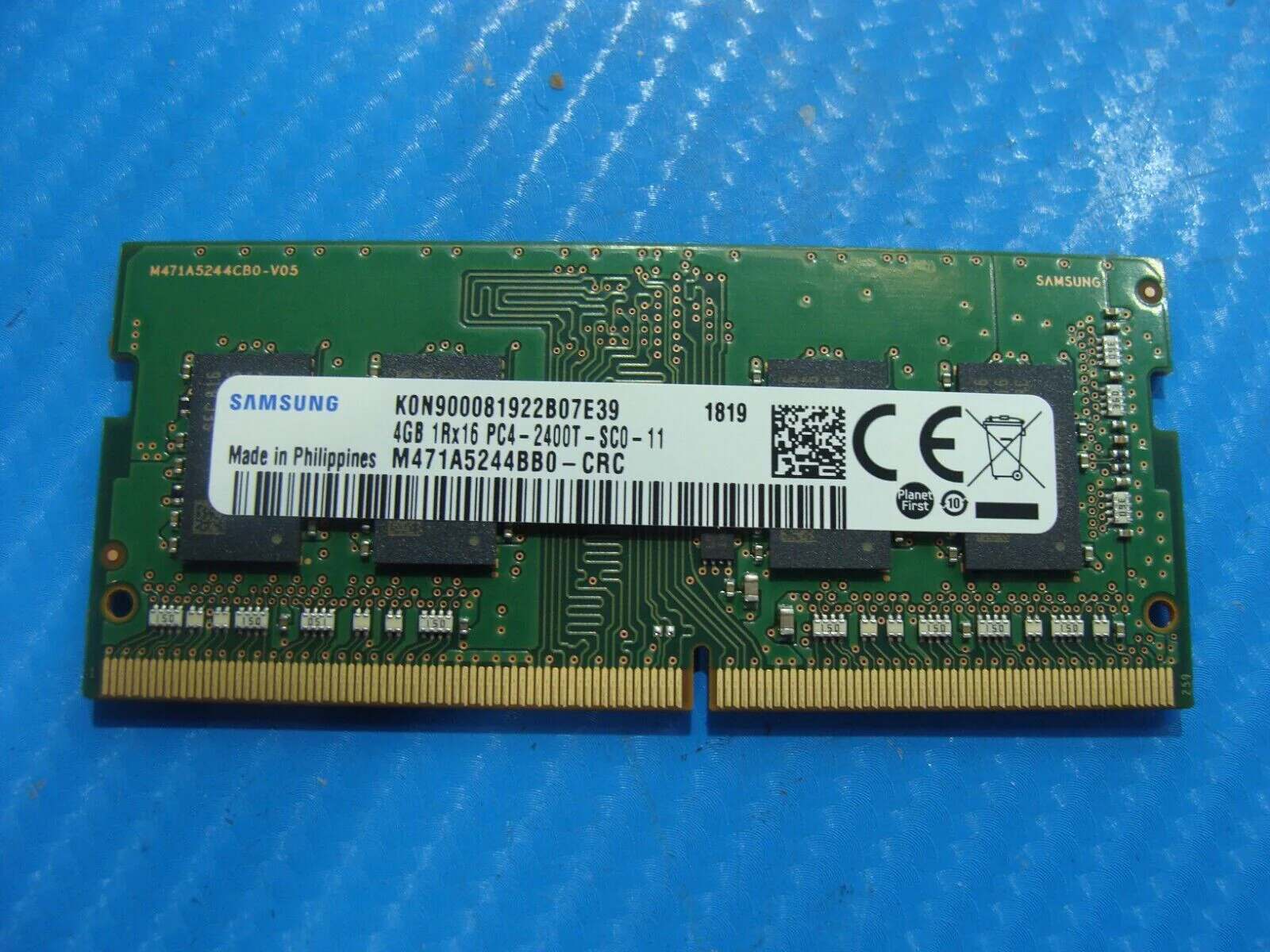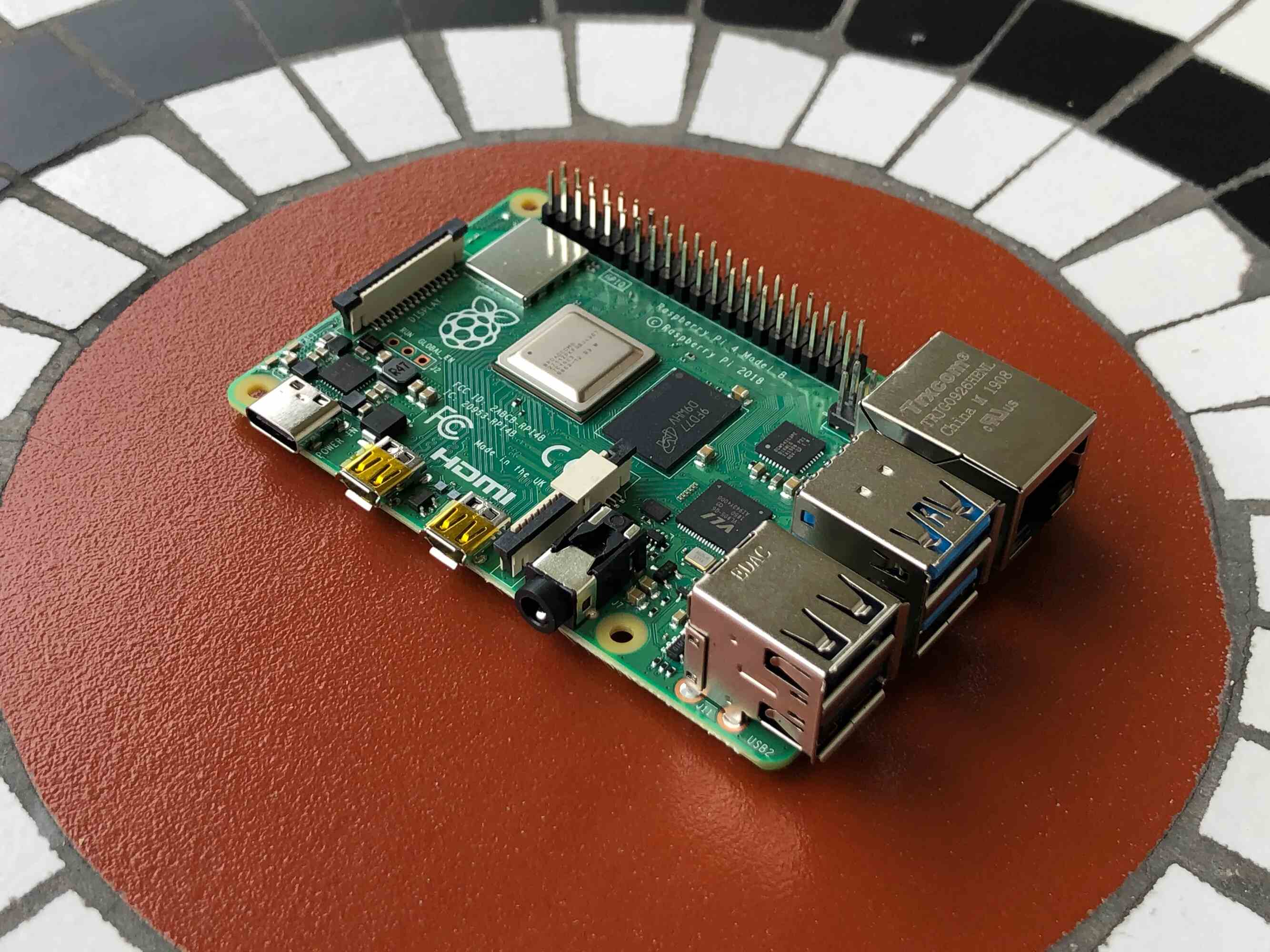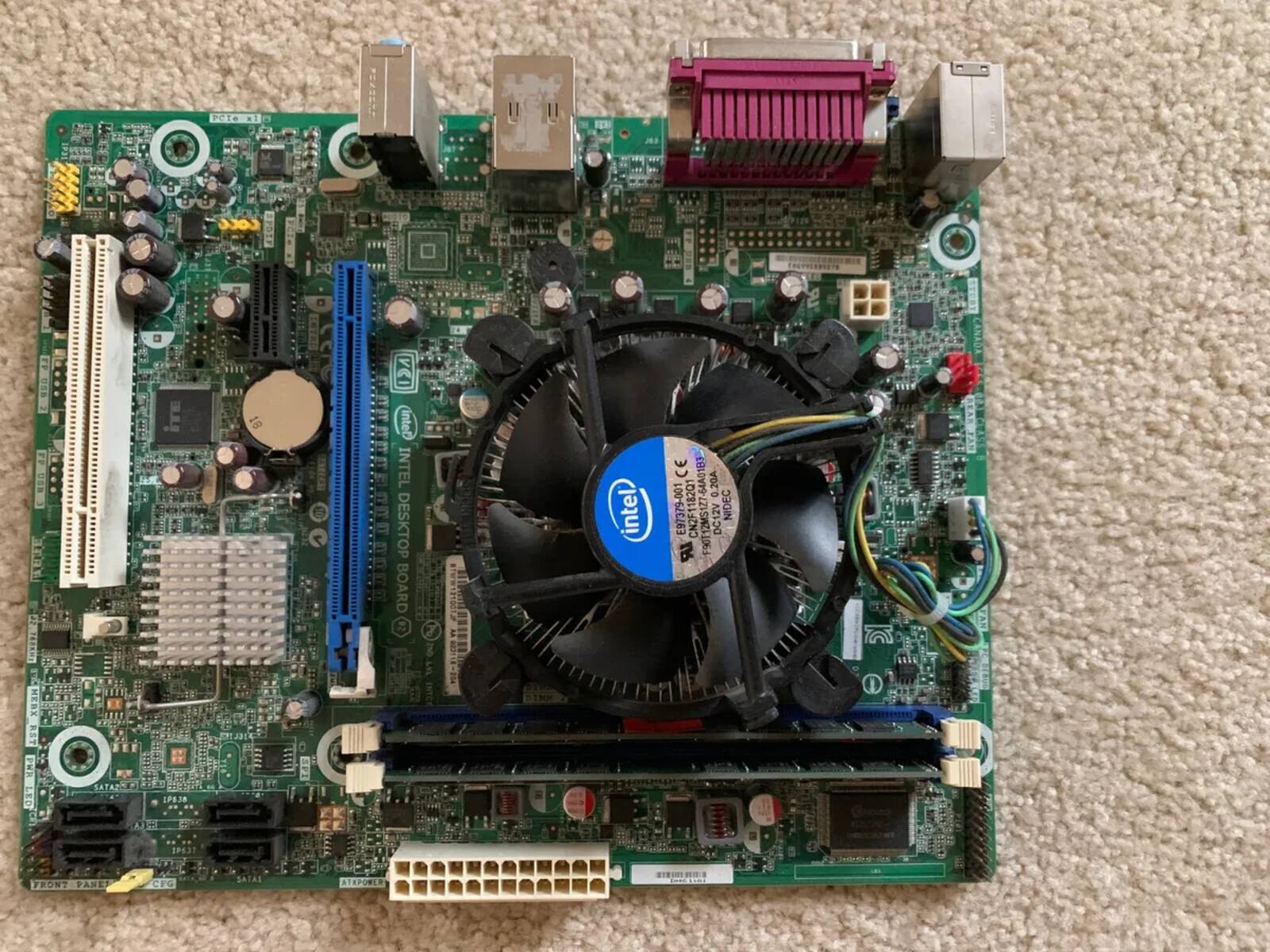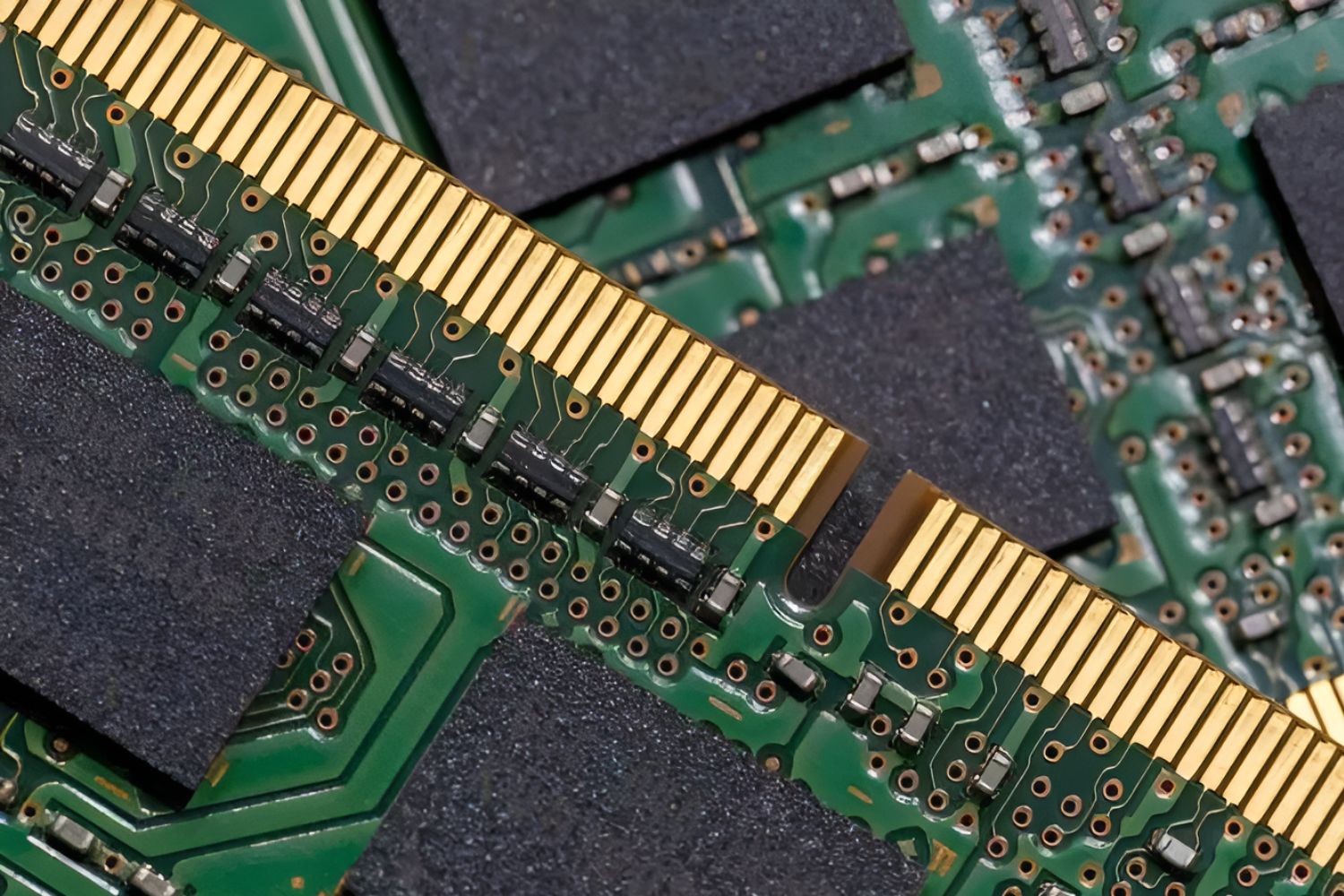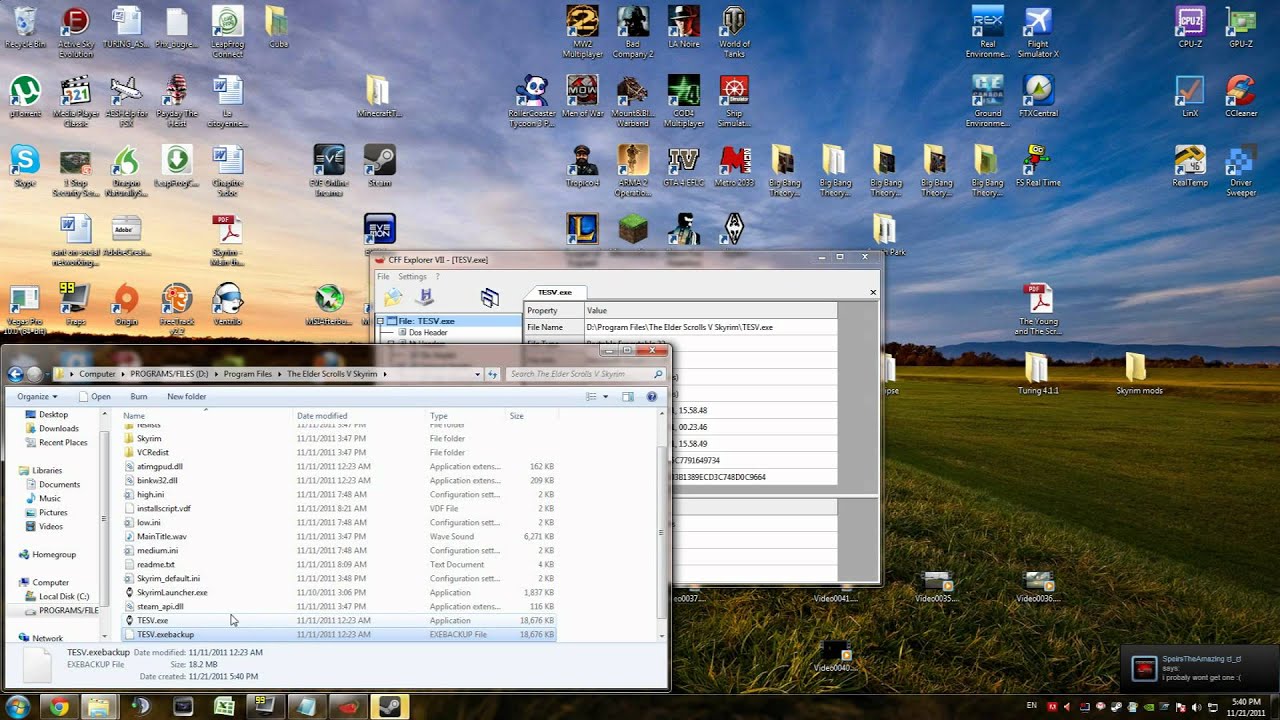Introduction
Welcome to our informative article on the topic of “How Many MB in 4GB RAM?”. If you’ve ever wondered about the relationship between the gigabytes (GB) and megabytes (MB) units in computer memory, you’re in the right place. In this article, we will explore the concept of RAM, or Random Access Memory, and delve into the conversion of gigabytes to megabytes. By the end of this article, you will have a clear understanding of how many megabytes are contained within 4 gigabytes of RAM.
RAM is an essential component of any computer system, serving as a temporary storage space for data that the processor can quickly access. It plays a crucial role in the overall performance and speed of a computer. When it comes to measuring the capacity of RAM, we typically use gigabytes as the unit of measurement. However, understanding the relationship between gigabytes and megabytes is vital for a comprehensive understanding of computer memory.
Before we delve into the specifics of how many megabytes are in 4 gigabytes of RAM, let’s briefly explore the definitions of gigabytes and megabytes. GB, short for gigabyte, is a unit of digital information storage that equals 1,073,741,824 bytes. This unit is commonly used to measure the capacity of computer memory, storage devices, and data transmission. On the other hand, MB, or megabyte, is a smaller unit of storage that equals 1,048,576 bytes. While gigabytes are larger than megabytes, understanding their relationship is crucial for converting between the two units.
Now that we have a basic understanding of RAM, gigabytes, and megabytes, let’s move on to the main focus of this article: how many megabytes are contained within 4 gigabytes of RAM. By diving into this topic, we can gain a clearer picture of the storage capacity of 4GB of RAM and its implications in computer systems.
Continue reading to discover the answer and gain valuable insights into the world of computer memory and storage.
What is RAM?
RAM, short for Random Access Memory, is a fundamental component in computers and other electronic devices. It serves as a temporary storage space that the computer’s processor can quickly access, allowing for fast and efficient data retrieval and manipulation. Unlike permanent storage devices like hard drives or solid-state drives, RAM is volatile, meaning its contents are lost when the power is turned off or the device is restarted.
RAM plays a crucial role in the overall performance and speed of a computer system. When you run programs or open files, the necessary data is loaded into RAM to be accessed by the processor. The more RAM your computer has, the more data it can hold in its temporary storage, resulting in smoother and more efficient multitasking.
RAM acts as a bridge between the processor and permanent storage devices like hard drives. Since accessing data from RAM is significantly faster than retrieving it from a hard drive, having an adequate amount of RAM can lead to a noticeable improvement in the speed and responsiveness of your computer.
The size of RAM is typically indicated in gigabytes (GB), which represents billions of bytes. A computer with a higher RAM capacity can accommodate more data, allowing for the smooth execution of resource-intensive tasks such as gaming, video editing, and multitasking.
It’s important to note that RAM is different from storage devices like hard drives and SSDs. While RAM provides temporary storage for data that is actively being processed by the computer’s CPU, storage devices store data for long-term use, even when the power is turned off. RAM is considered “volatile memory,” while storage devices are referred to as “non-volatile memory.”
Understanding the role and importance of RAM is crucial for optimizing your computer’s performance. By ensuring that your system has an adequate amount of RAM, you can experience improved speed and responsiveness, allowing you to run more programs simultaneously and handle memory-intensive tasks with ease.
What is GB?
GB, short for gigabyte, is a unit of digital information storage that is commonly used to measure the capacity of computer memory, storage devices, and data transmission. One gigabyte is equivalent to 1,073,741,824 bytes.
The prefix “giga” in gigabyte represents a factor of 10^9, which means that one gigabyte is equal to one billion bytes. It is important to note that the actual usable capacity of a storage device may be slightly lower due to formatting and management overhead.
Gigabytes are commonly used to measure the storage capacity of various computer components, such as hard drives, solid-state drives (SSDs), USB drives, and memory cards. The larger the capacity in gigabytes, the more data the storage device can hold.
With the increasing demand for digital content, from high-resolution photos and videos to large software applications, having a larger storage capacity in gigabytes has become essential for many users. Whether you are a casual user who needs space for personal files or a professional requiring ample storage for work-related data, understanding gigabytes is crucial for making informed decisions when it comes to storage solutions.
Furthermore, gigabytes are also used to describe data transmission speeds. When you have an internet or network connection, you may see the download and upload speeds measured in gigabits (Gb) or gigabytes per second (GB/s). This measurement indicates the amount of data that can be transferred in a given time frame.
While gigabytes are widely used in the computing world, it’s worth mentioning that there are higher units of measurement for data storage, such as terabytes (TB), petabytes (PB), exabytes (EB), and beyond. These larger units are used to describe storage devices with even greater capacities, often seen in enterprise-level systems or data centers.
Overall, gigabytes are an essential unit of measurement for computer storage, providing a standardized and convenient way to describe the capacity and performance of various digital devices and data transmission speeds.
How many MB in 4GB RAM?
To determine the number of megabytes (MB) in 4 gigabytes (GB) of RAM, we need to understand the conversion factor between the two units. As mentioned earlier, 1 gigabyte is equivalent to 1,073,741,824 bytes, while 1 megabyte equals 1,048,576 bytes.
To convert gigabytes to megabytes, we can multiply the number of gigabytes by 1,024, which is the conversion factor from gigabytes to megabytes. Therefore, 1 gigabyte is equal to 1,024 megabytes.
Considering this conversion factor, we can calculate how many megabytes are in 4 gigabytes of RAM:
4 GB * 1,024 MB/GB = 4,096 MB
So, there are 4,096 megabytes in 4 gigabytes of RAM.
It’s worth noting that the conversion from gigabytes to megabytes follows a multiple of 1,024 because computers work using a binary system. However, the decimal-based measurement system (where 1 gigabyte equals 1,000 megabytes) is also used in some contexts, such as in marketing or advertising. It’s essential to pay attention to the context in which the terms “gigabyte” and “megabyte” are used to avoid any confusion.
Having a 4GB RAM capacity translates to having 4,096 megabytes of volatile memory that can be utilized by your computer system. This amount of RAM is considered sufficient for most everyday tasks, such as web browsing, document editing, and multimedia playback.
However, if you engage in memory-intensive activities like video editing, 3D rendering, or running resource-demanding applications, consider upgrading your RAM to a higher capacity. More RAM allows for smoother multitasking and improves overall system performance, as it provides additional space to temporarily store and access data.
Remember, the amount of RAM you need depends on your specific requirements and usage patterns. It’s recommended to consult the system requirements of the software you use and consider the nature of your work or activities to determine the optimal amount of RAM for your computer.
Conclusion
We have explored the concept of RAM, gigabytes, and megabytes in this article, specifically focusing on how many megabytes are in 4 gigabytes of RAM. RAM plays a vital role in the performance of a computer system, acting as a temporary storage space that allows for fast data access by the processor.
By understanding the conversion factor between gigabytes and megabytes, we determined that there are 4,096 megabytes in 4 gigabytes of RAM. This knowledge is helpful in selecting the appropriate amount of RAM for your computing needs, whether it be for casual browsing, gaming, or resource-intensive tasks like video editing.
Having an adequate amount of RAM empowers your computer to handle multiple tasks efficiently and improves overall system performance. However, it’s important to consider your specific requirements, such as the type of applications you use and the nature of your work, when determining the ideal RAM capacity for your computer system.
Keep in mind that RAM is just one component of a well-rounded computer setup. Other factors, such as processor speed, storage capacity, and graphics capabilities, also impact overall performance. It’s essential to strike a balance between these components to achieve optimal results.
In conclusion, understanding the relationship between gigabytes and megabytes in RAM allows you to make informed decisions when it comes to computer memory and storage. Whether you’re a casual user or a professional in need of high-performance computing, having the right amount of RAM can greatly enhance your overall computing experience.
We hope this article has provided valuable insights into the world of computer memory and answered your question about the number of megabytes in 4 gigabytes of RAM. Armed with this knowledge, you can now make informed decisions about upgrading or selecting the appropriate amount of RAM for your specific computing needs.







